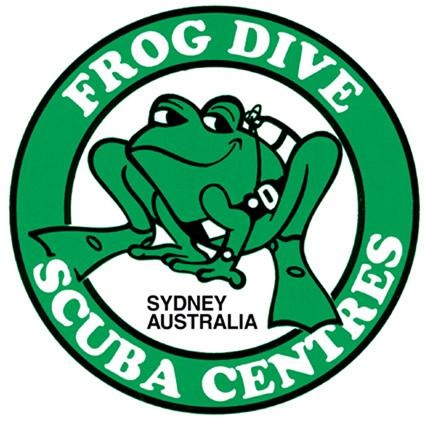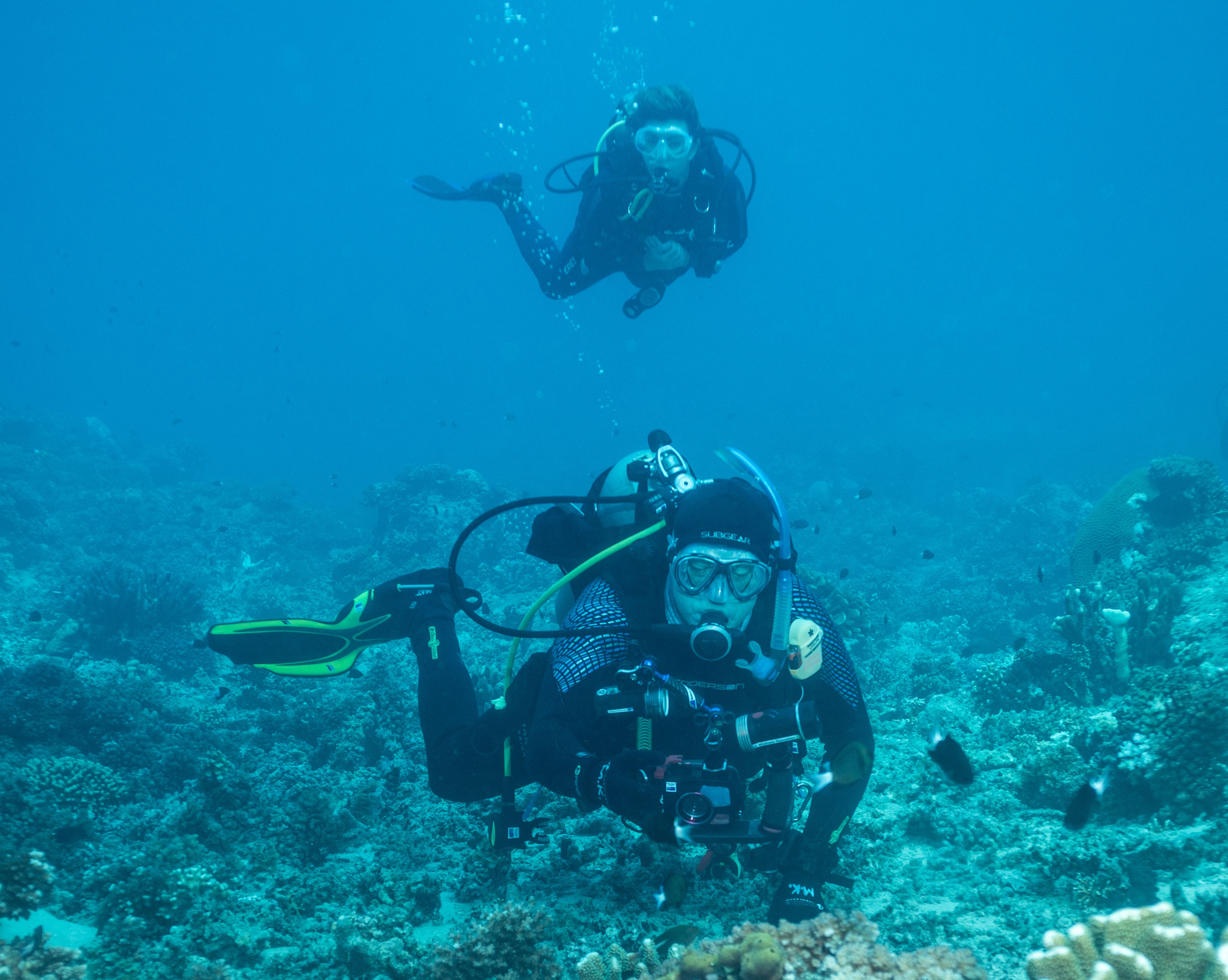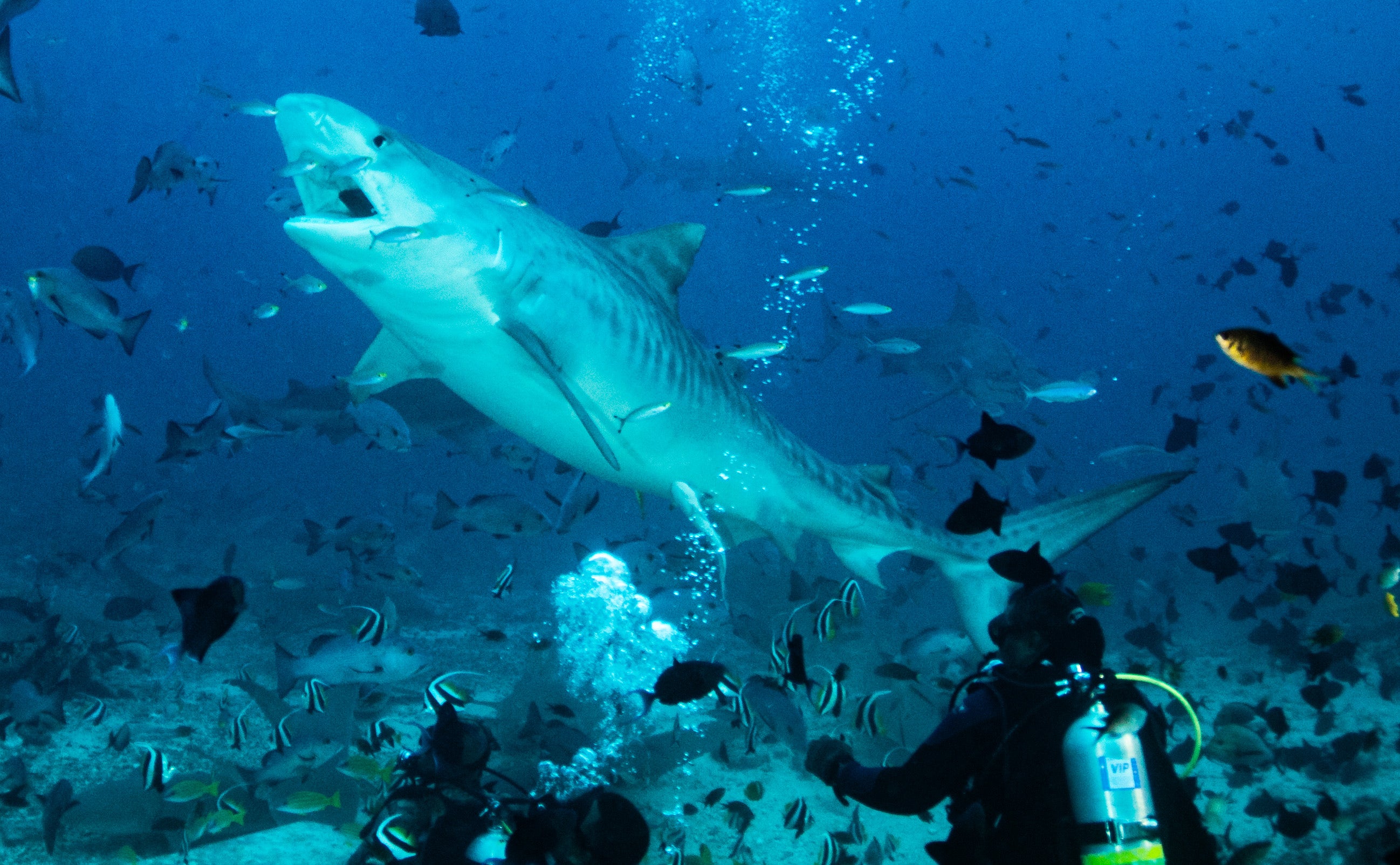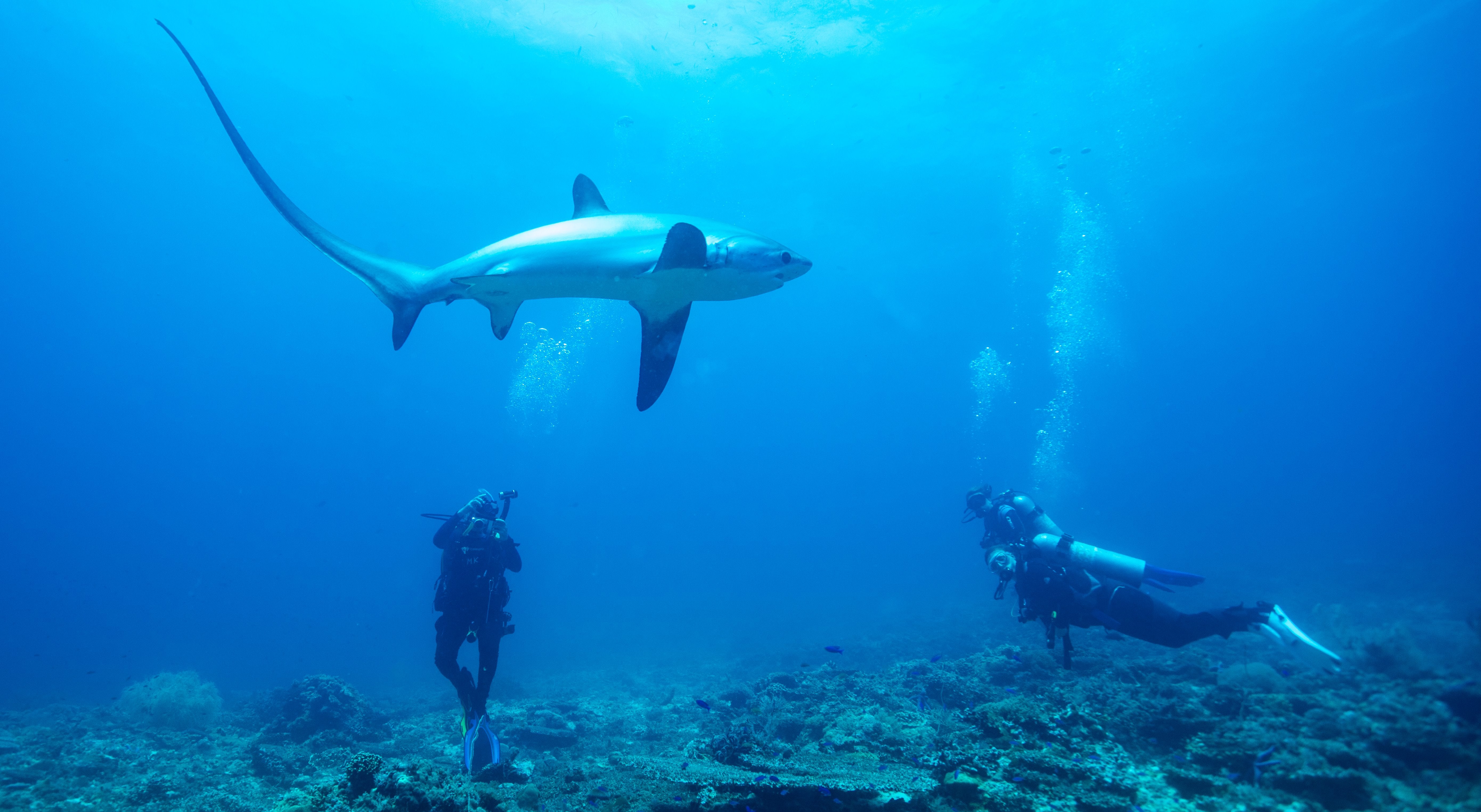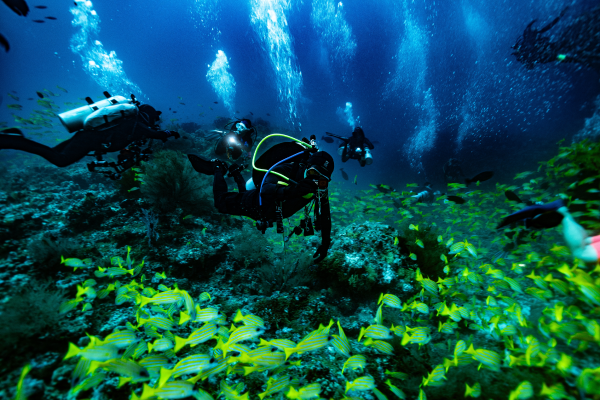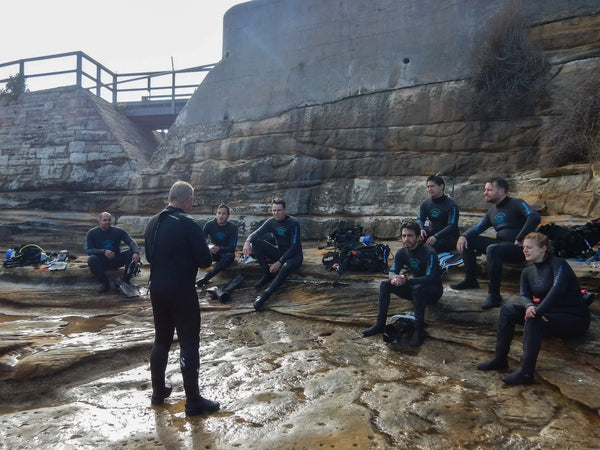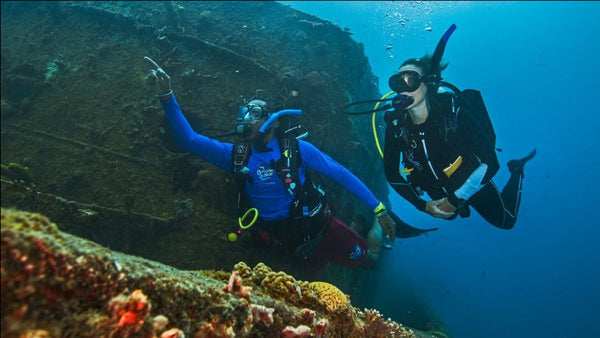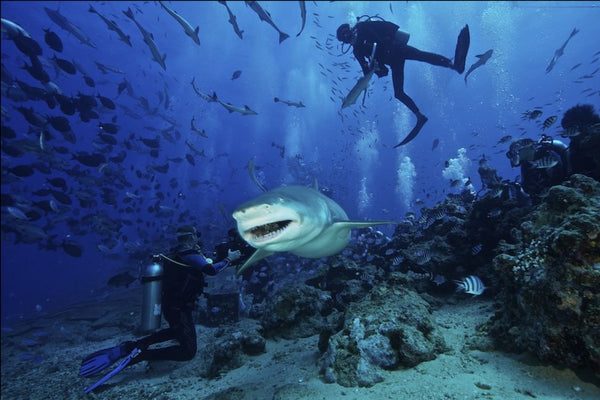Tables or Tech? Why Most Divers Eventually Choose a Dive Computer

You learn how to use dive tables during your Open Water training. They’re an important part of understanding how to plan a safe dive, and they help build solid foundations for managing time, depth, and decompression risk. But once you start diving more often, most people find the tables stay in the logbook — and a dive computer takes over.
Why Tables Still Matter
Dive tables are an essential part of your Open Water Diver training. They teach the principles behind dive planning, including bottom time, depth limits and avoiding decompression illness. Tables also serve as a vital backup in remote locations where technology can fail or isn't practical.
Understanding the logic behind the tables helps build confident, safety-aware divers — and those skills carry over even when you start using a computer. That said, dive tables assume a very specific profile. In real-world diving, especially around Sydney, things are rarely that neat.
The Catch: Diving Sydney Isn’t Always So Predictable
In theory, tables work well when your dive follows a square profile (one depth, one time). But Sydney diving often involves:
-
Variable depths
-
Surge or current
-
Multi-level reefs and walls
-
Several dives in a single day
This makes it difficult to plan exact bottom times using just tables. And with depth fluctuating as you explore, your nitrogen loading won’t follow a perfect square profile. This is where technology starts to make sense.
Where Dive Computers Take Over
Dive computers track your dive in real time, adjusting your no-decompression limit as your depth changes. Most models also:
-
Alert you if you ascend too quickly
-
Track your surface interval and residual nitrogen
-
Log depth, time, temperature and dive profile automatically
-
Make multi-dive days easier to manage
-
Support Nitrox blends with automatic recalculations
These features aren’t just handy — they can help prevent mistakes when you're fatigued, distracted or diving in challenging conditions.
What Features Actually Matter in Australian Conditions
Not all computers are created equal. If you're diving locally, especially in shore-entry spots around Sydney, here’s what counts:
-
Backlighting or easy-to-read displays for low-visibility dives
-
Nitrox compatibility, so you can keep using it as you advance
-
Water-activated start, so you never forget to hit the button
-
Rugged build, to handle sand, rocks and surf entries
We often recommend models that balance ease of use with toughness — especially for divers regularly hitting sites like Bare Island or Shelly Beach.
Renting vs Buying
If you only dive occasionally, renting a computer is a convenient short-term option. It lets you try different brands and models before committing. But once you start diving more frequently, owning your own computer becomes a smart investment.
Knowing your own gear inside out — from menu navigation to beeping alerts — gives you peace of mind and reduces stress underwater. It also means you’re not relying on unfamiliar rental settings or battery life.
You can hire a dive computer from us or chat to our team about which model might suit your diving habits.
